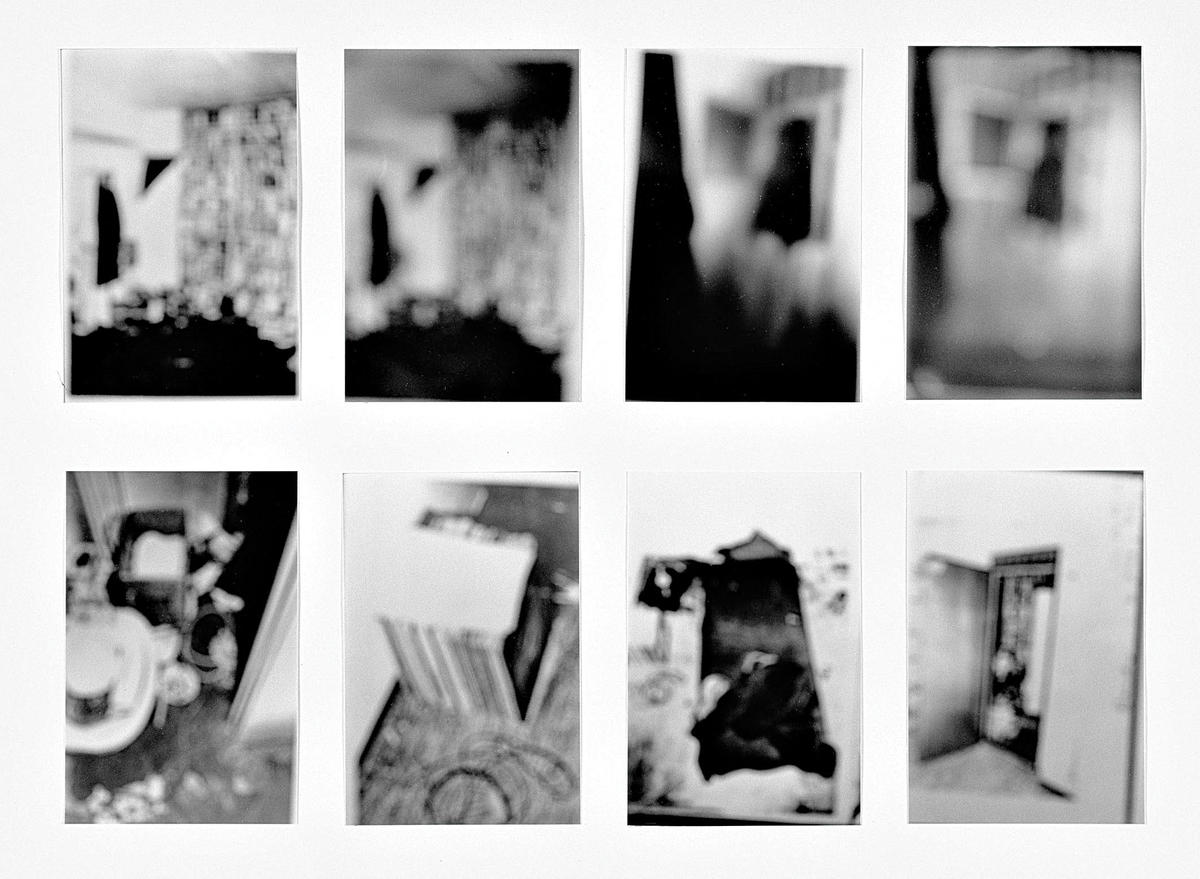
Berlin
Regarding Terror
Kunst-Werke
January 30–May 16, 2005
Terrorism today seems a performative event staged in the mass media, a dynamic arguably manifest as far back as the early 1970s with the ascendance of the leftist paramilitary West German Red Army Fraction (RAF) as they began their very public armed offensive against authoritarian state structures.
At the recent Imagination of Terror exhibition at Kunst-Werke, curators brought together work by fifty-five artists of three generations, all of whom have dealt with the iconic RAF debacle in some manner, or in some cases, with questions of terrorism at large. The show addresses both public and private perceptions of the RAF, how the media has often defined our collective perceptions of the RAF (included are countless examples of media representations of the terrorists), as well as the attitude of the art world toward contemporary history and political discussions. Needless to say, the show has managed to attract a fair amount of controversy — particularly from a host of German politicians who argued that it serves to glorify the notorious guerrillas.
Marcel Odenbach is among those who witnessed the beginnings of the RAF phenomenon as an adolescent. In arguably one of the most important exponents of early video art, Odenbach takes the televised footage from the night of the rescue of the Lufthansa airplane Landshut in Mogadishu as his point of departure, addressing the tension that resulted from the ensuing television coverage. Remaining within the confines of the medium (video was at that time related to television, not cinema), we can see the artist trying to calm himself down by playing card games. Very much in the spirit of the times, Klaus vom Bruch merged television reports of the legendary Schleyer kidnapping with his own alternative television program (Das Schleyerband, 1977–78).
Over the years, history evaporates into a small number of emblematic images; the most commanding memories of the RAF seem to be the figures of the terrorists themselves, while the victims seem to be of lesser interest. In 1989, Gerhard Richter published his Atlas — Tafeln 470–474 and 475–479. Over several years of research, he assembled photographs of RAF founder Andreas Baader and sympathetic journalist Ulrike Meinhof from publications and archives, photographing them in a way that rendered the images almost unrecognizable. The negation of photographic presence opens a space for personal retrospection, but at the same time, evokes the fragility of subjective remembrance. In this vein, Michaela Mélian’s drawings of emblematic places in RAF history are sewn into paper with black thread. In spite of her violent attempt to fix the motive, the carrier and the material remain separated. The paper could tear, the lines could be blown away at any moment.
Some artists are too young to remember the first phase of the RAF presence. Apart from diffuse atmospheric memories, the RAF is nothing more than a symbol. It is this distance, however, that may allow them to disrupt the frozen consensus of media reality from an idiosyncratic and naïve perspective. In oversized drawings, Korpys/Löffler analyze photographs of the RAF apartment hideouts, offering a stylistic analysis of the furnishing, focusing on the relationship between the bourgeois façade and the revolutionary quest. The artists commissioned architects to design a prototypical apartment for terrorists, with a bourgeois entrance for potential visits by neighbors or the police. Johannes Wohnseifer translates a random biographic detail — he grew up near an iconic kidnapping locus — into a sculpture of constructivist-minimalist bent, one which emphasizes the aesthetic component of the conflict, transfiguring the historical data into pure abstraction (spindy, 1995). The difficulty of a personal approach to the history of the RAF is also the subject matter of Sue de Beer; in her video installation Hans & Grete (2002/03) a teenager imagines himself in the role of Meinhof, who apparently enjoys a US cult status not unlike that of Che Guevara.
The exhibition’s weaknesses are also its strengths. Almost all of the works lose out to the overwhelming impact of the media images. And the search for a personal view of the RAF, aiming to escape the truth claims of the media, mostly produces a cryptic form of subjectivity, while a great deal of historiographic explanation becomes necessary to render the works accessible. Indeed, the exhibition features extensive historic material, including an enormous media timeline in the central hall. Still, by avoiding the sensational, the artworks help dismantle the reductionist spectacle of the myth that the RAF has become, perhaps encouraging audiences to adopt novel approaches to what is often presented as monolithic.